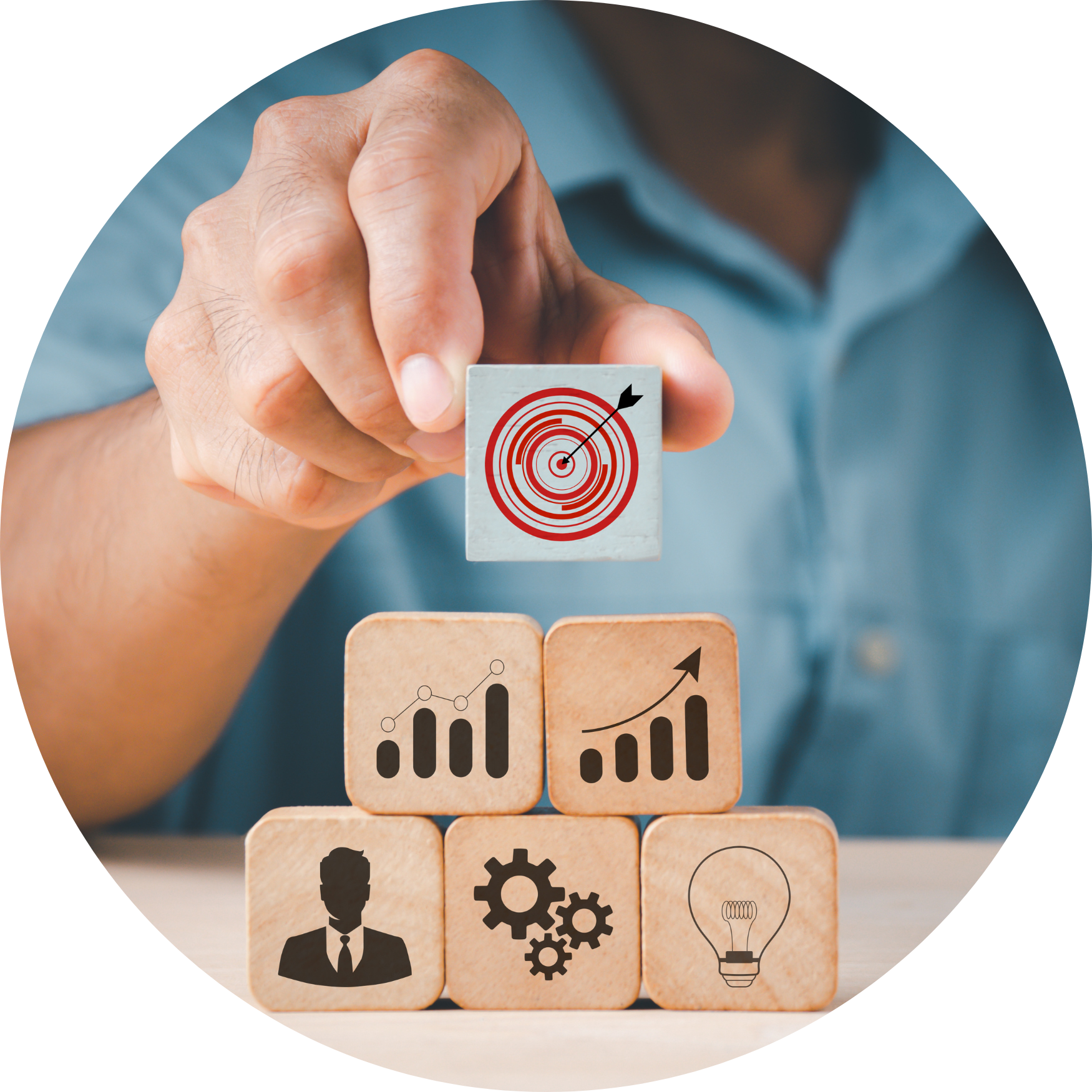The AIDA model is a marketing funnel that has been around for over 100 years. It was created by Elmo Lewis in 1898 in order to help advertisers better understand how people react to advertising messages. This model has been updated as technology has evolved but it still remains relevant because it helps marketers focus on what needs to happen at each stage of the customer journey in order for them to generate leads and make sales. In the initial AIDA model, action in the end of the funnel, that is the purchase, ends the stages of marketing funnel. However nowadays we can see marketing funnels with two additional stages after purchase phases: building loyalty and advocacy.
A premise that we can all agree on is that content marketing's purpose is to drive sales and leads. Your TOFU (top of the funnel), MOFU (middle of the funnel), and BOFU (bottom of the funnel) stages should be specific to your buyer persona, which means your very first step should be to fully understand who your buyer is and what their pain points are. Only then can you tailor your content for these stages appropriately.
To proceed with building a successful marketing funnel, start gathering answers to these important questions:
- How can my customers find me at each stage of the funnel?
- What content can help leads to decide or to move to the next stage of the funnel?
- How would I identify which leads enter the next stage?
 A – awareness
A – awareness
During the awareness stage, the main purpose is to let your customers know that you have solutions to solve their problems. Depending on your company services, adapt your content strategy to either attract and convert leads who already know that need services like yours or first create a need for your services.
Crafting content to the Top of the Funnel (TOFU) – cold traffic:
- Blog post with educational purposes
- Social media posts and social ads which redirect to a blog post
- Use a clear Call To Action to provide an e-mail address and/or telephone number in exchange for useful and informative content, whether it is a blog post, e-book, infographic, access to video material, case studies, etc.
I - interest
What is the best way to generate interest for your product among your target audience? To answer this question, we need to start with identifying where your prospects on the information search stage are.
Below are some marketing strategies to enhance interest:
- Implement an SEO strategy on your website to rank higher
- Include blog posts and guest blogging
- Share social media posts that educate on a variety of industry topics
- Use social ads and display ads
- Incorporate remarketing campaigns
- Consider influencer partnership
D – desire
At this stage in your marketing funnel, your potential customers know what your services and solutions are, but most of the leads tend to look for alternatives or do a comparative analysis.
What type of information would help your customers understand your service better and its advantages?
The MOFU content should continue to educate but should also address why you have the best offering. Leads are warming up to your brand, so take the opportunity to convey how your product or service can help them. This stage can also be a good opportunity to offer gated content to gather contact information from buyers.
Physical products can offer more tangible benefits like free shipping or customisation options. If your product is an online service, it can be helpful to educate your potential customers on why they need you as a provider — here's why you're better than a competitor.
MOFU content ideas:
- Add content that describes product attributes to encourage customers to learn more (email sequences, blog posts, guides, checklists)
- Showcase what distinguishes your product from competitors' products (video demonstration)
- Case studies are always lead generating and excellent trust building type of content
- Establish expert reputation by conducting webinars, open discussions, running podcasts
A – action
How will people who are ready to buy find me? What content do customers need at the purchase stage?
Two things should be done: help potential customers feel comfortable with the buying process and simplify the buying process as much as possible.
- Posting a purchase guide or FAQ page helps your new clients understand that you care
- Case studies are also important in this phase
Many marketers look at BOFU (Bottom of the Funnel) as a time to count revenues. But if you treat this stage as an opportunity to create a loyal customer, then you will be able to develop long-term relationships and keep your customers coming back. Not only will this be good for earning future business from current clients, but it can also lead to referral business from those who are happy with your product. There are many different ways to go about this and it largely depends on what type of product you are selling, whether you sell a physical or digital product, and if you have an e-commerce site or not.
Here are common content marketing techniques which can be used at BOFU stage:
- Newsletters with a discount for loyal clients
- Offers on special occasions (birthdays, holidays, etc.)
- Case studies
- Product demos and user-generated content (UGC)
- Client testimonials
- Live broadcasts (lives, Insta stories, etc.)
Successfully delivering appropriate content to customers at each stage will improve customer loyalty and conversion rates. It builds trust and credibility with your audience and establishes you as an industry expert.
Get in touch with us to create your content marketing strategy for a successful digital marketing funnel!

